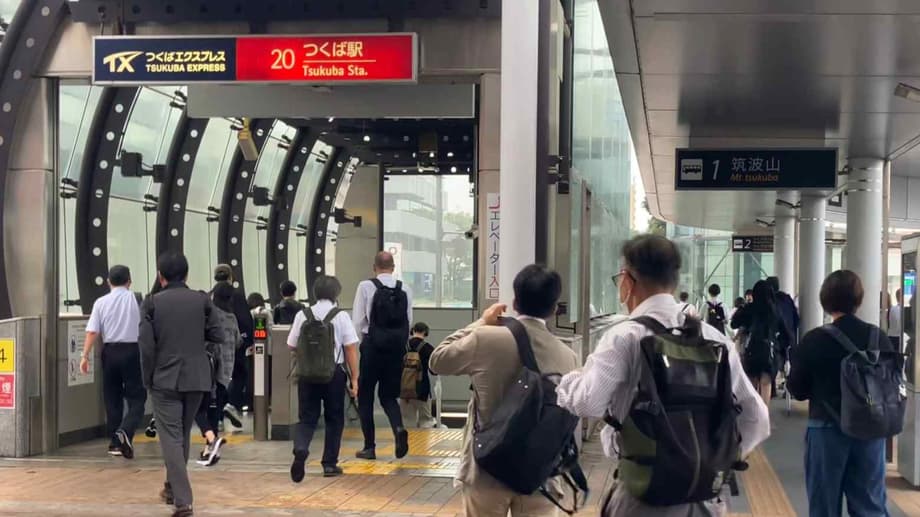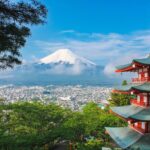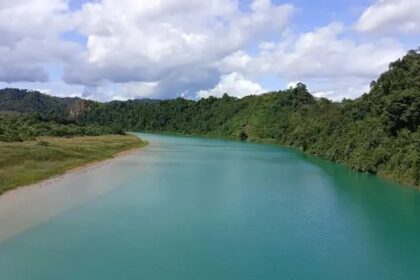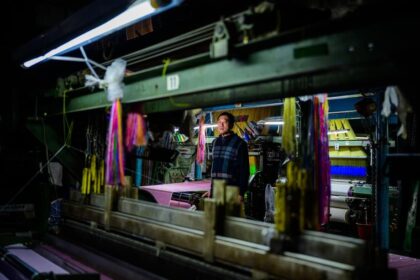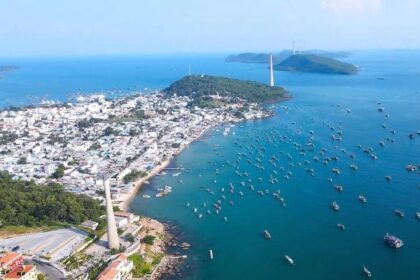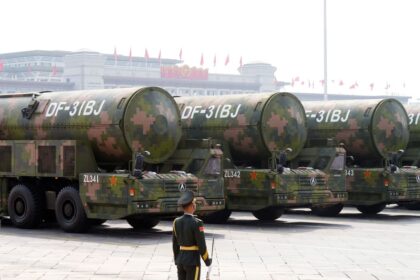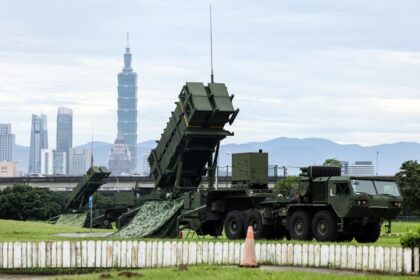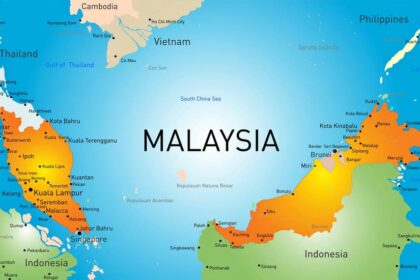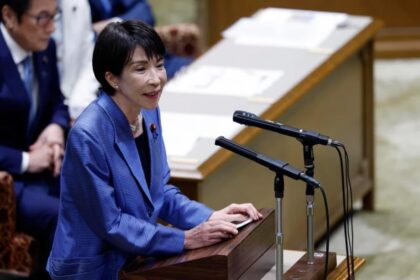How new rail projects keep the region moving
Tokyo didn’t become the world’s largest metropolitan area by standing still. A relentless program of rail expansion, station upgrades, and transit linked redevelopment continues to shape daily life for roughly 37 million people across the capital region. New stations and through services are drawing more neighborhoods into the network, while large station area projects are turning platforms into mixed use districts where people work, shop, and meet. The result is a self reinforcing cycle. Better access increases passenger demand, which supports more frequent and farther reaching service, which then encourages more homes and jobs to locate near rails.
- How new rail projects keep the region moving
- A rail city built over 150 years
- Why demand shapes supply in Tokyo rail
- Stations as city centers, built by private railways
- The new showcase: Takanawa Gateway City
- Connectivity without endless sprawl
- A daily culture built around trains
- Transit oriented development and sustainability
- Lessons that travel beyond Tokyo
- Challenges that could slow the next wave
- What to Know
Rail in Tokyo functions as the backbone of mobility. Frequent trains connect dense neighborhoods to job centers in minutes, with suburban lines plugging directly into subways to avoid slow transfers. Trains arrive every few minutes at peak times, clockwork punctuality reduces uncertainty, and clear signage and multi language wayfinding keep crowds moving. This level of service allows households to live without a car, reduces traffic on surface streets, and keeps the regional economy humming even as population aging reshapes travel patterns.
Planners and operators are not only laying tracks. They are widening platforms, improving barrier free access, and testing digital tools like QR code ticket gates. Public and private players coordinate on timetable integration and track sharing, a hallmark of the Tokyo model since the late twentieth century. Private railway companies, backed by property development around their stations, continue to extend lines and add capacity. These investments keep the network resilient through quakes, storms, and surges in demand, and they underpin the city’s ability to grow within a compact footprint.
A rail city built over 150 years
Tokyo’s transit story stretches back to the dawn of modern Japan. The first railway between Shimbashi and Yokohama opened in 1872, linking the capital to an emerging port city and catalyzing early industrial growth. Horse trams appeared in the 1880s, electric trams by 1903, and the Yamanote Line formed a full circle by 1925, tying together the urban core. The 1919 City Planning Act brought zoning and land readjustment, supporting the buildout of arterial roads and rail corridors that still guide movement today.
Despite the devastating 1923 earthquake and the firebombing of 1945, rail recovered quickly during the postwar boom. The 1964 Olympics spurred massive investment in infrastructure, and suburban growth accelerated as bedroom communities formed along private rail corridors. Expressways grew, yet rail retained the central role, thanks to rapid service, frequent trains, and stations that became anchors for neighborhood commerce. Over the next decades, subways expanded, and a distinctive feature emerged. Suburban private rail lines began running through into inner city subways, creating seamless trips across operator boundaries.
By the early 2000s, planners operated within a long term master plan approach that coordinated public and private projects. A review of 2000 to 2010 development highlights network expansion, quality upgrades, and tighter integration with buses and other modes, while also noting ongoing challenges like funding and land assembly that require careful staging and stakeholder coordination. The cumulative effect is a metropolitan pattern where rail has guided urban form for generations.
Why demand shapes supply in Tokyo rail
Academic analyses of Tokyo’s postwar rail system point to a clear pattern. As more people chose trains, operators added supply, measured as vehicle kilometers, with some delay due to planning and construction timelines. In other words, growth in demand tended to lead growth in service, and the planning process translated that demand into new trains, longer platforms, and extensions. Chronic crowding during high growth years made the case for capacity improvements, while government guidance and the presence of strong private rail companies accelerated delivery.
Researchers have also found that the performance of alternatives matters. Faster buses and trams can reduce the pressure to expand rail, while slower surface travel reinforces the need for grade separated lines. Land use and socioeconomic shifts, such as more people living and working near stations, further nudge the system toward adding capacity where it will be most used. Direct connections between suburban rails and subways, a defining Tokyo feature, evolved from this constant push to meet demand efficiently across jurisdictional boundaries.
This dynamic produces what transport economists call induced supply. When trains are full and more riders keep coming, operators respond with longer trains, more frequent service, and sometimes new track. The expansions then make station areas more attractive to households and employers, which keeps demand strong. It is a feedback loop that helps explain Tokyo’s high ridership and the way rail is embedded in the regional growth model.
Stations as city centers, built by private railways
Tokyo’s private railways do more than move people. For decades they have built department stores, supermarkets, offices, and housing at their stations. The strategy is straightforward. Create reliable access, then surround the station with daily needs and destinations so riders stay within the company’s service area. Terminal stations like Shinjuku, Shibuya, and Ikebukuro became multitiered complexes that feel like cities inside a city, with restaurants, clinics, schools, and event spaces woven into the station fabric.
Shunzo Miyake, who heads international affairs at JR East, describes how competition for riders extends beyond timetables. He said that operators develop real estate to turn stations into places where people want to linger, not just pass through.
“In other countries, a railway is just a railway. It’s just a place to ride on the train,” Miyake said. “We run a retail business, food and beverage business, shopping centers, hotels, real estate, etc.”
This rail plus property model creates powerful station hubs with the foot traffic to support diverse services. Shinjuku Station alone sees about 3.5 million people pass through on a typical day. That density helps small retailers, draws international brands, and supports cultural programming. It also funds better stations, since non fare revenue reinforces the business case for continued upgrades.
The new showcase: Takanawa Gateway City
One of the latest examples of station led urban growth is Takanawa Gateway City, which began opening in March 2025 beside the relatively new Takanawa Gateway Station on the Yamanote Line. The multi year district, backed by JR East, combines offices, shopping, cultural venues, and public spaces in a single integrated site. The initial tower, known as THE LINKPILLAR 1, is positioned to attract global firms and startups with flexible laboratories and workspace across dozens of floors. A large NEWoMan mall is planned to host around 200 stores as buildout continues, and a new museum designed by Kengo Kuma is slated to bring immersive storytelling exhibitions.
The site doubles as a technology testbed. Visitors can ride autonomous mobility shuttles through the plaza, browse a Railway and Urban Development Exhibition that traces Tokyo’s transit history, and watch demonstrations of hydrogen powered service robots for deliveries and security. A prototype QR code ticket gate offers a glimpse of future fare collection. With direct access to the Yamanote Line, one stop from Shinagawa, and quick links to Haneda Airport, the district is designed for both commuters and travelers. The area also nods to history, with excavations revealing elements of the former Takanawa Railway Yard and Japan’s earliest Western style hotel from the early 1870s.
New station districts often reshape nearby property markets by increasing access and activity. Investors tend to favor areas with strong footfall, and residents value reliable connections to employment and airports. Projects like Takanawa Gateway City show how Tokyo’s model continues to evolve. Transit infrastructure and placemaking move forward together, with retail, culture, and public space built into the station from the start.
Connectivity without endless sprawl
Tokyo’s physical form is often misunderstood from afar. The region is vast, yet the local street network remains highly connected by international standards. Research that tracks street connectivity over time shows Tokyo has long combined narrow local streets, lively mixed use blocks, and permissive zoning with a focus on arterial corridors and high quality public transport. This mix produces neighborhoods where people can walk to shops and services, then catch a train for longer trips. Even with suburban expansion after World War II, the street grid retained many connected patterns that keep walking practical and help rail stations function as anchors.
The result is not a classic car dependent pattern. The rail network supports dense activity nodes at stations, while local streets feed into those nodes with short blocks and frequent intersections. Connectivity has dipped modestly in some postwar areas, yet by global comparisons Tokyo still ranks as a place where walking and transit work together. That helps explain why rail use remains strong even as household sizes shrink and work patterns change.
A daily culture built around trains
Over time, Tokyo has developed a distinctive etiquette and culture linked to transit. Quiet cars are the norm during rush hour, station chimes and jingles help riders know where they are, and platform staff manage crowding to preserve safety and punctuality. Social life often revolves around stations too. Teenagers meet friends at famous station exits, workers choose dinner venues inside hub terminals, and families plan weekend outings around easy train access.
Tomohiko Taniguchi, a former rail executive and an adviser to former Prime Minister Shinzo Abe, has watched the system for decades. He argues that trains are not just infrastructure, they are part of the city’s identity.
“In many ways, life in this city revolves around trains,” Taniguchi said. “Every little way you can make things run more smoothly counts.”
The quiet, the choreography, and the consistency all support the daily miracle of moving millions with limited space. This culture did not appear overnight. It grew alongside service improvements and station area growth, reinforcing habits that keep the network efficient and civil.
Transit oriented development and sustainability
Transit oriented development, or TOD, is the practice of concentrating homes, jobs, and services around rail stations and frequent bus corridors. Tokyo is often cited as a mature example, yet even here there are differences from one station area to the next. Recent research proposes thinking about station areas as circles of influence. The inner circle covers immediate station surroundings, a middle circle captures walkable neighborhoods, and an outer circle includes bike or short bus trips that feed the station. Using a node, place, and ecology framework, analysts are tracking how each circle is changing over time.
From the early 2010s to the late 2010s, the inner and middle circles around many Tokyo stations showed progress on measures linked to sustainable outcomes, such as balanced land use and strong transit performance. The outer circle saw slight decline in some cases, a sign that central hubs are growing more dominant while far edges see softer demand. For planners, this suggests investing in first and last mile connections and maintaining mixed uses beyond the core so that the benefits of rail access reach a wider area.
What the three circles mean for daily life
For commuters, the circles translate into shorter walks, more shops and services within reach, and more reliable transfers. For families and seniors, they mean daily needs concentrated around stations with safe routes to reach them. As Tokyo faces slow population decline and aging, station areas that score well on the node, place, and ecology dimensions often deliver better access with fewer car trips, which can reduce congestion and support cleaner air.
Lessons that travel beyond Tokyo
Tokyo’s operating culture and technical expertise now inform projects abroad. In London, Tokyo Metro and Sumitomo Corporation joined a consortium that will operate the 117 kilometer Elizabeth line for up to nine and a half years starting in 2025. The route links Heathrow Airport with the east of the city through a new core tunnel and carried more than 200 million passengers in 2023. The partnership aims to apply Tokyo’s strengths in safety, punctuality, and customer service to one of Europe’s busiest new corridors. Details of the award and contract are publicly available from the companies involved, including Sumitomo’s announcement, which outlines goals for operations and service quality. Read more.
Regional policy makers are also comparing approaches to long distance rail. Work by research groups in Asia summarizes how high speed projects can be planned and delivered to manage costs, engage communities, and deliver wider benefits. Clear standards, defined roles for stakeholders, and stronger project controls are central themes. These debates matter in Japan as well, where new capacity and new technology must fit a dense, safety critical network.
Challenges that could slow the next wave
Keeping Tokyo’s rail system ahead of demand is not automatic. Funding for big projects must be stacked over many years, land assembly is complex in built up neighborhoods, and dozens of private and public operators must coordinate on schedules and fares. Station area works can also be disruptive, which calls for patient community engagement and phased delivery. A review of projects between 2000 and 2010 highlights how careful sequencing, joint ventures, and clear responsibilities helped resolve these tensions in the last expansion cycle. See the overview.
Resilience is another priority. Lines and stations must withstand earthquakes, typhoons, and heat waves. Redundancy in routes and power supplies helps the system recover quickly from shocks. Digital platforms bring benefits but also create new targets for cyber attacks, which means operators will continue to harden both physical and information systems. Reliability during extreme weather will grow more important as summers get hotter and rainfall becomes more intense.
Equity is in focus as well. Recent research on food access in Tokyo shows that sustainable dining options cluster around key stations and along particular lines, while other communities have far fewer choices. Socioeconomic differences and weaker connectivity can compound these gaps. Better data, targeted support for underserved districts, and stronger first and last mile links can help address these disparities so that station area prosperity spreads more evenly across the metropolis.
Last, Tokyo is aging. Service design, station layouts, and public space will need to prioritize accessibility and comfort for older riders. Elevators, gentle ramps, clear seating, and legible wayfinding are as vital as signal upgrades. The city’s long history of pairing transport investment with neighborhood improvements suggests it can meet these tests, provided coordination and funding keep pace.
What to Know
- Tokyo’s metro area keeps expanding its rail network and station districts, reinforcing a region of roughly 37 million residents.
- Since the 1870s, rail has guided urban form, from the Yamanote ring to direct suburban subway connections.
- Studies show demand for train travel tends to lead supply growth, with planning cycles translating crowding into new capacity.
- Private railways build real estate at stations, turning hubs like Shinjuku and Shibuya into city center destinations.
- Takanawa Gateway City illustrates the latest station led development, with offices, culture, and mobility tech beside the Yamanote Line.
- Tokyo’s street network remains highly connected, supporting walking and seamless access to stations across many districts.
- Transit culture, from quiet cars to station jingles, helps move millions smoothly during peak hours.
- TOD research suggests inner and middle station circles are becoming more sustainable, while outer areas need better connections.
- Tokyo’s rail know how is being exported, including a role in operating London’s Elizabeth line starting in 2025.
- Key challenges include funding, multi operator coordination, resilience to disasters and heat, and equitable access to station area benefits.


